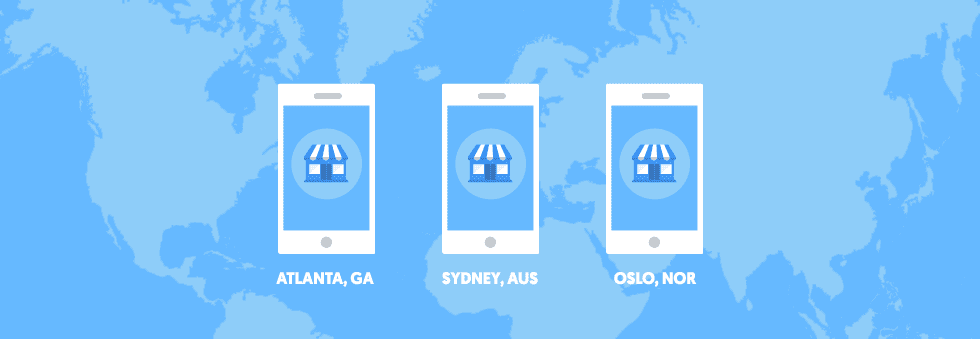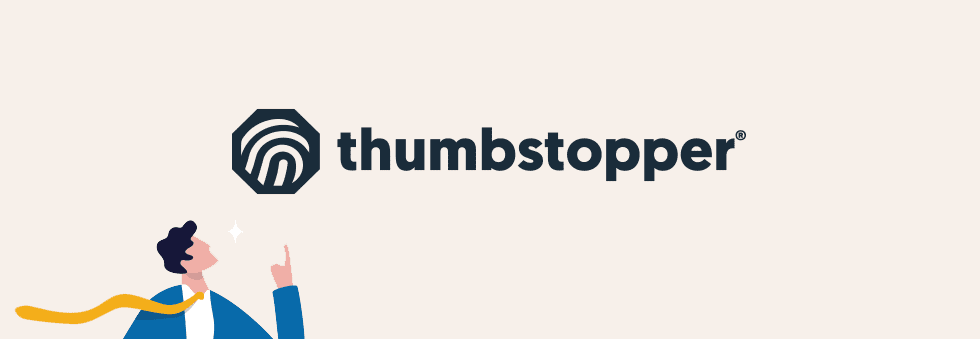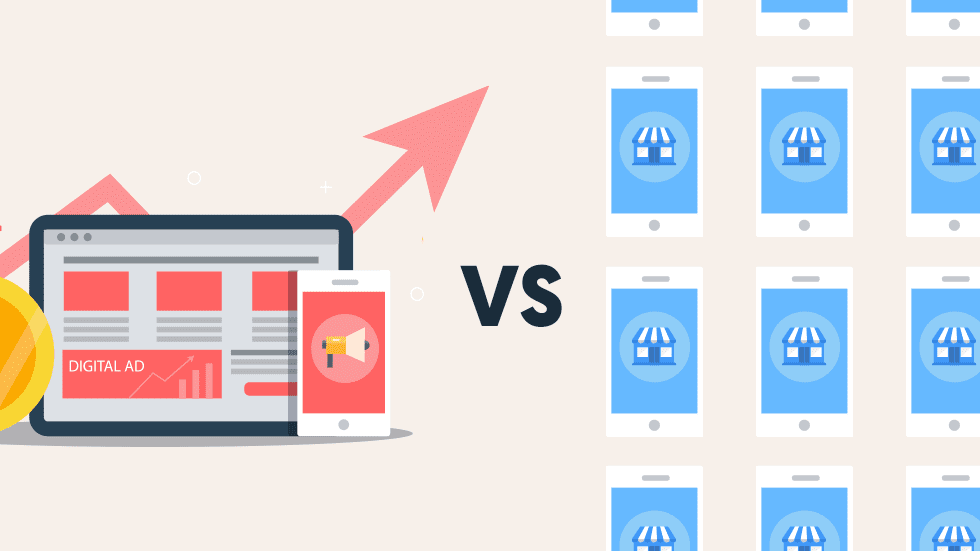Your brand has spent time developing a strong portfolio of content. With a blend of organic and paid content, you’ve determined the best balance of social media platforms that helps you grow KPI. Hopefully, your strategy performs because it’s a crowded space. By the end of 2022, global social ad spending exceeded $226 billion. Social media even accounts for 33% of digital ad spending, a significant portion considering social media itself is less than two decades old.
Social media is the place to be right now. A huge number of brands have entered the space following the data that shows their customers increasingly using social media to make purchasing decisions. The influx of brands has forced advertisers to focus increasingly more time and effort on ensuring their paid media stands out. Rising advertising costs are a factor as well, putting more pressure on every sponsored post to perform well. Considering the rising advertising costs and that their customers are likely to stay on social media platforms, brands are starting to look for new ways to get their message on their customers’ feeds. One such strategy is distributing content to reach targeted local audiences.
Let’s see how conventional methods stack up against new innovations.

Where Paid Media Fails
Paid media’s strength is garnering targeted impressions on social media. It’s become the “traditional” route for brands and OEMs because it has been proven to work in the past. But its foundation as a go-to strategy has started to show cracks, and they are becoming apparent. For one thing, impressions aren’t even close to keeping pace with rising ad costs. In 2021 average price per ad increased by 24% while impressions only increased by 10%. Then there’s the fact that CPM in a post-pandemic environment is still high, averaging around $8.15 as of Q3 2022. It’s an improvement from the rapid increase in 2021 but still hasn’t caught up to the average CPM of $6-7 brands enjoyed before the pandemic.
These dramatic changes in cost become more challenging by social media users’ attitudes about advertisements and subsequent avoidance of anything they perceive as sponsored content.
Most people use social media to connect with friends and family with positive brand interactions functioning as a supplementary draw to those platforms. They find sponsored content distracting and become frustrated with brands’ attempts to grab their attention. In some cases they even find sponsored content creepy – 24% of users surveyed said so. 39% of users surveyed also said they didn’t like paid ads in general (although the reason wasn’t specified).
Marketers know that it takes several touches of branded content to drive conversions. Unfortunately, this can have the opposite effect of alienating potential customers because they understand they’re being marketed to. 23% of users surveyed said that seeing the same or similar advertisement multiple times turned them off to social media advertising. Furthermore, a measly 10% of users indicated they’re willing to click on and buy a product from a social media advertisement. Most people (69%) want to visit a company’s website before considering purchasing a product through an ad they see in their social feed.
In practice, this means that social media ad placements are effective at driving conversions when published alongside a high-volume, relevant, awareness campaign.

What is Content Distribution?
Effective content distribution involves sharing your branded content to retailer’s social media and search destinations. Your brand’s identity is validated by brand recognition and customer feedback. Instead of investing in alternative paid media channels such as influencers, brands are discovering how distributing content to their retailer network is a cost-effective way to drive organic engagement.
Making content distribution easy is how ThumbStopper will revolutionize your brand’s social media presence. Our proprietary technology connects brand marketers to their retailers’ social media and search destinations. It enables brands to tag and syndicate content to thousands of retailer social media pages whose followers are interested in your products.
Here are the benefits of content distribution:
- Reach your target audience
Your brand’s retailers have cultivated a following of loyal consumers who are interested in your industry. Branded content posted on retailer social pages allows brands to access a targeted audience that is more likely to convert.
- Support retailer’s social presence
High-quality branded content encourages followers to engage with information about their favorite products. It removes the burden of creating content from retailers while guiding potential customers to their storefronts.
- Improve ROI of branded content
A single piece of multimedia content distributed to retailer pages can generate far more impressions at a lower CPC than paid media on your brand-owned social pages. Brands get more out of the content they invested time and money in creating.
Don’t just take our word for it. We are trusted by some of the most recognizable brands in 40 countries and five continents. Discover how an international motorsports brand cultivated over a million additional impressions in under 90 days by leveraging ThumbStopper’s content distribution solution.





